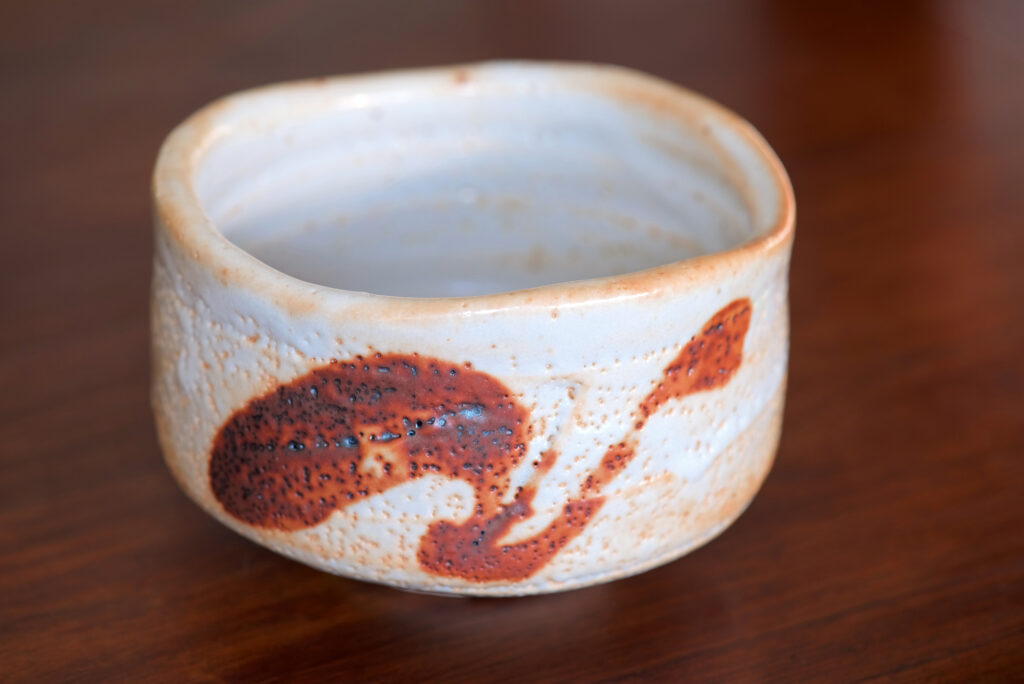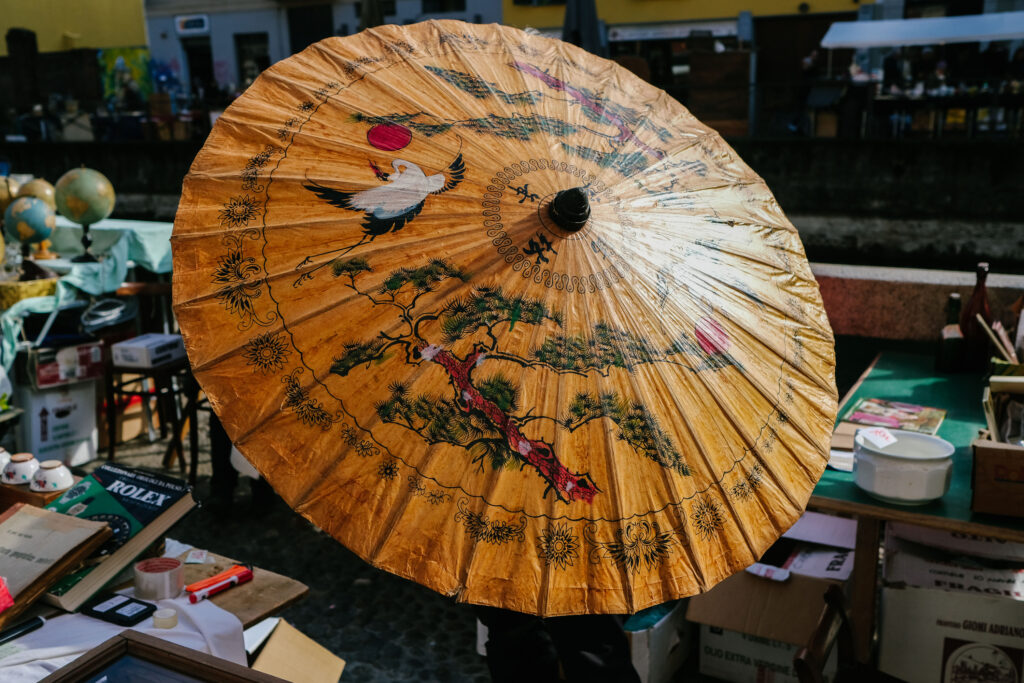Antique knick-knacks: My kind of pirate’s gold
If there is one thing I love, it’s finding treasure at the Oi Racecourse Flea Market. However, seeing as it’s not the 1700s and I’m not a pirate hunting for a chest filled with gold, I find myself instead drawn to thrift shops, antique stores, and flea markets. The latter is the subject of this article.
Car boot sales, antique fairs, and flea markets have always filled me with excitement and anticipation—you never know what treasure you might uncover, just waiting for a bit of dusting. Living in Japan makes treasure hunting even more exciting—here, I can stumble upon things I would rarely find back home in the UK, like a stunning kimono, a Bizen-yaki bowl, an ukiyo-e print, or an exquisite Japanese parasol. I won’t know till I get there and dive in.
Why the Oi Racecourse Flea Market?
In Tokyo, one of the most popular flea markets is the Oi Racecourse Flea Market. It’s especially beloved by both the international community and tourists, all eager to find a one-of-a-kind souvenir to take home and proudly display. There are a number of reasons behind its popularity. For starters, it’s held almost every weekend, so there’s no need to wonder when it will pop up out of the blue. Secondly, with 400 to 600 vendors, it’s one of the largest flea markets in the city.
Having recently moved into a new apartment closer to the city center (check out some of my other articles on moving and furnishing), I was in need of artwork and knick-knacks to make it feel more like a home. I love traditional Japanese art, whether it’s hand-drawn calligraphy or wabi-sabi pottery, but without the budget for high-end or curated pieces, I figured the flea market would be my best bet—and I was eager to start hunting.
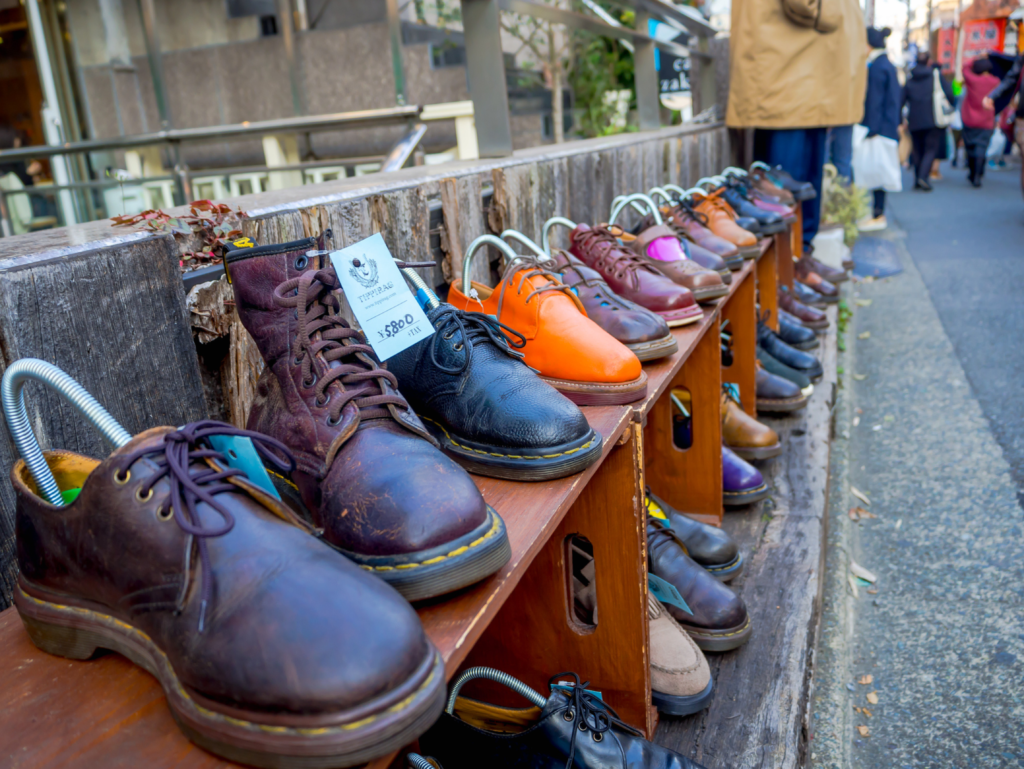

A Sunday morning adventure
The Oi Racecourse Flea Market opens at around 9AM, and as the saying goes, “the early bird catches the worm,” so I decided to get there as early as possible. For my partner and me, that meant waking up at 7AM on a Sunday, a day usually reserved for sleeping in. When we arrived at Oi Keibajo Mae Station, we immediately realised that a lot of other people also wanted the worm. We followed the surging crowd into the frigid January morning and quickly stopped at a conbini for hot drinks to warm our hands.
Upon entering, we took in the sight of how many stalls there were—some under the cover of a multi-tiered parking lot, others out in the open spaces. The ground was covered in various tarps and boxes, with railings set up to display jackets, jeans, and yukata. We made our way through the offerings, and I was immediately drawn to the vendors selling Japanese antiques, tea sets, and artwork. I found a box of kakejiku (wall hangings) and spent some time unfurling them, like some sort of medieval town crier. However, not wanting to spend money too early, we kept wandering through.
Of course, there was plenty of knick-knack clutter—items that were a little worn and could use a second glance—but there were still gems scattered here and there. My partner, in particular, likes old watches and cigarette lighters (despite not smoking), and we spent a lot of time trying to figure out whether the ones we were looking at had any resale value.
We gradually made our way through the market, and as we reached the back, we discovered a number of food trucks offering delicious meals and snacks. Taking a break and sitting down to re-energize is a must when exploring everything the market has to offer. Eventually, the day warmed slightly, and we decided to buy the items we liked. I made a beeline right back to the kakejiku. The owner was selling three for ¥1,000! Some were a little tattered, but others were in good nick, so I bought three I liked.
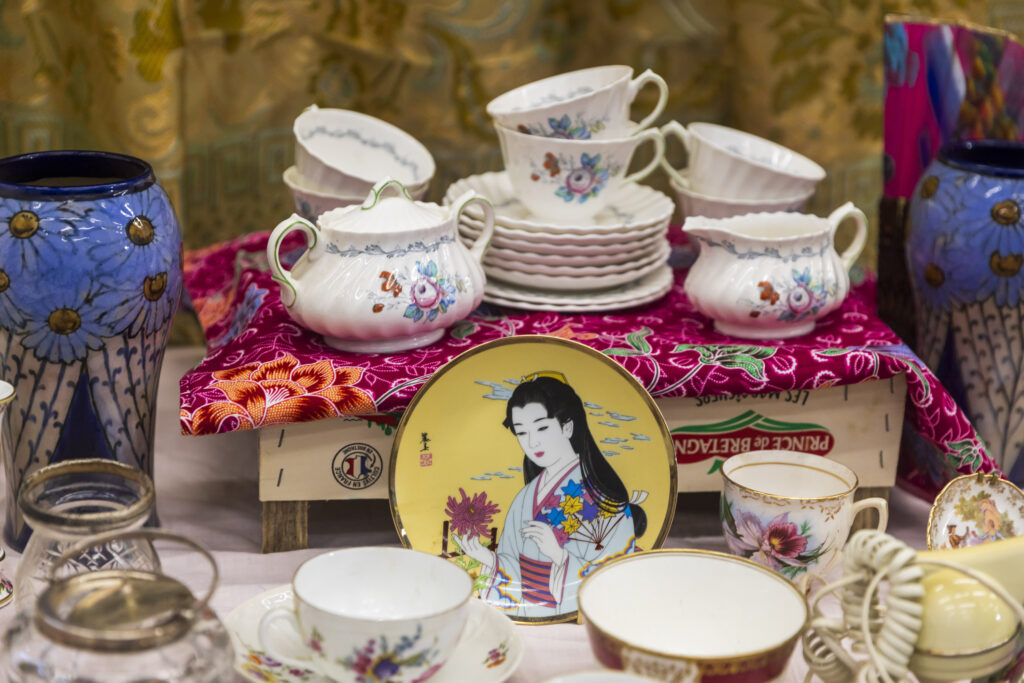
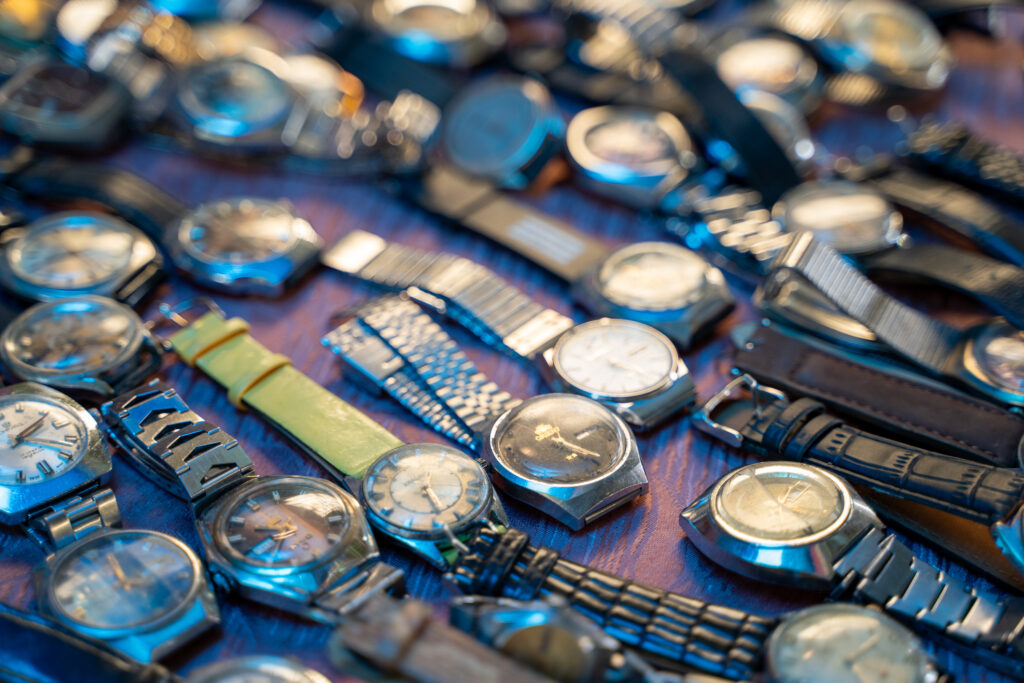
Caught on camera—then off to sushi!
It was at this point that a local TV crew interviewed us, as they were covering the international interest in the market. We made a blink-and-you’ll-miss-it cameo in the following video (3:08).
Tired but feeling that we had somewhat accomplished our goal, we left, crossed the road to the building opposite, and then waited over an hour to get a seat at Hamazushi. My big tip: if you want to eat afterwards, consider leaving the general area, as crowds will flock to the nearby dining spots!
A day (and money) well spent
It was such a fun day out, and given that the market closes at 2:30PM, you can easily spend the entire duration there rooting around. With so much on offer, there really is something for everyone—provided you don’t mind pre-loved goods, of course. Our kakejiku now takes pride of place in our living room by the sofa, and I love that I have this little slice of history in my home. So, to all you treasure hunters out there, I wish you good luck at the races.

